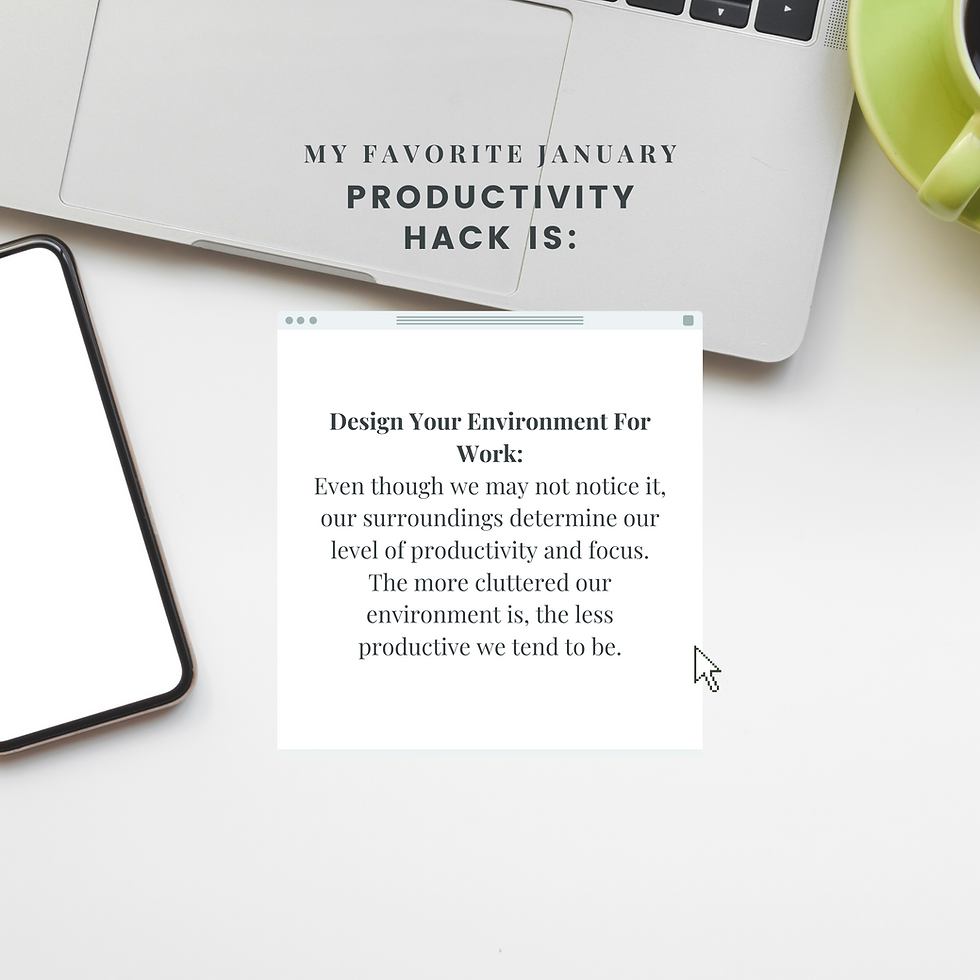written by Jemimah Ayinde
1. Make sure you understand what Commercial Awareness is.
The term “commercial awareness” is not as mysterious as it sounds. It is not as scary as ploughing through the Financial Times and instantly understanding all the stories. It is about having an interest in what is happening around you and why it is commercially relevant. Take the time to find a definition that helps you better understand what it is to be commercially aware.
2. Explore all your resources, there’s a lot out there.
Work experience is a great way to boost your commercial awareness. A law firm or bank is a great place to start but you can also look at part-time jobs at your local supermarket or an entertainment venue. Whilst working, try and think about the stakeholders and shareholders, the competitors, what the business does and how it runs. Try and take note of key things happening in the industry and how the business may be affected. If you can, ask questions!
Explore different websites, news outlets, legal blogs and podcasts. There are a number of resources out there, find what best works for you. You can create google alerts to topics you are interested in or even firms. Make sure you are looking at multiple articles on the same topic, there may be different facts or opinions out there and you want to make sure you are as thorough as possible.
3. Take time to understand the relevant jargon.
4. Analysis is key.
5. And so is consistency.
Be as consistent as you can be within your own schedule. To make sure you stay on top of your commercial awareness pick out 2 stories, every 2 weeks and go through steps 3 and 4. You’ll find that the more articles you read, the easier they become to analyse and the more opinions you’ll have on current affairs.
It is important to state that these things need to be done in context. Don’t only look at general current affairs, look at articles and topics that are important to your desired firm or a particular legal industry and sector. You’ll find it easier analyse and discuss stories that you have a genuine interest in.
TIP OF THE BLOG:
The PESTLE analysis is a tool used to analyse information by identifying external factors that may impact a business. These include the Political, Economic, Social, Technological, Legal and Environmental factors.
The SWOT analysis is a tool used to analyse internal factors that may concern a business. It focuses on analysing 4 areas within a business: Strengths, Weaknesses, Opportunities and Threats.
These tools can be used as a prompt when analysing articles. You may find that they lead to consider secondary factors and think about why they may be important to the article at hand.

%20(1).png?width=300&height=300&name=SWS%20Logo2%20(4lightbackgrounds)%20(1).png)
%20(1).png?width=500&height=500&name=SWS%20Logo2%20(4lightbackgrounds)%20(1).png)

Blog comments